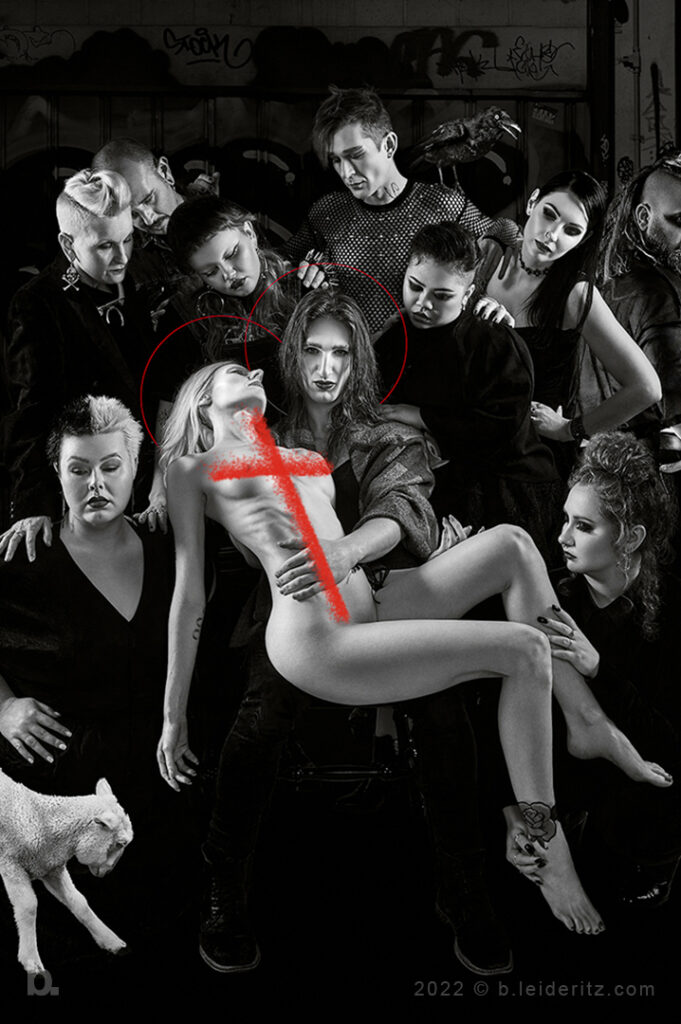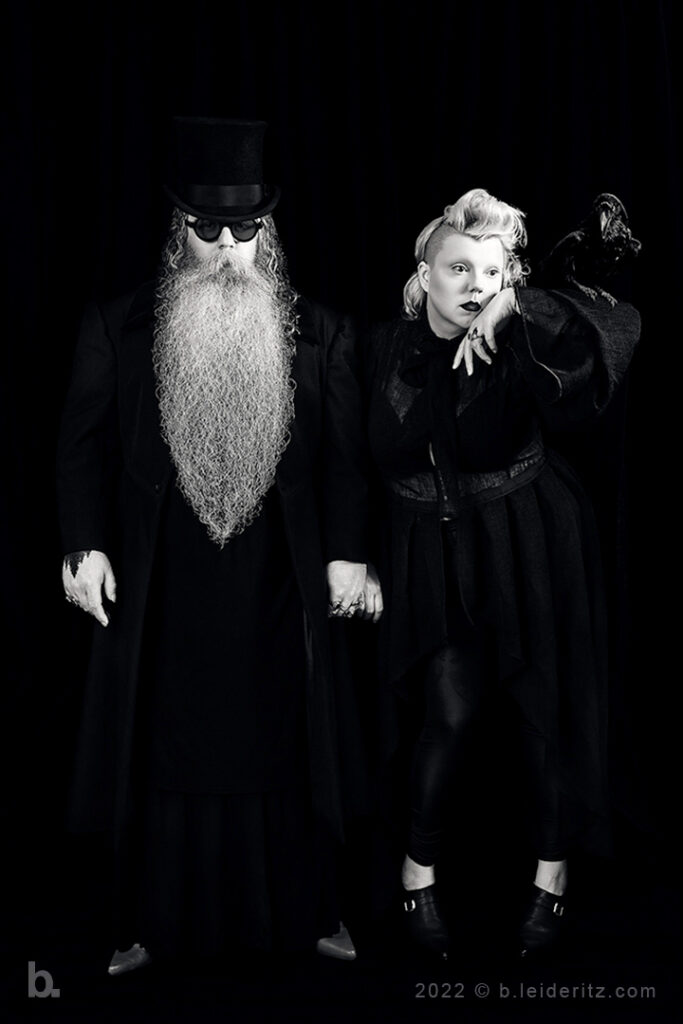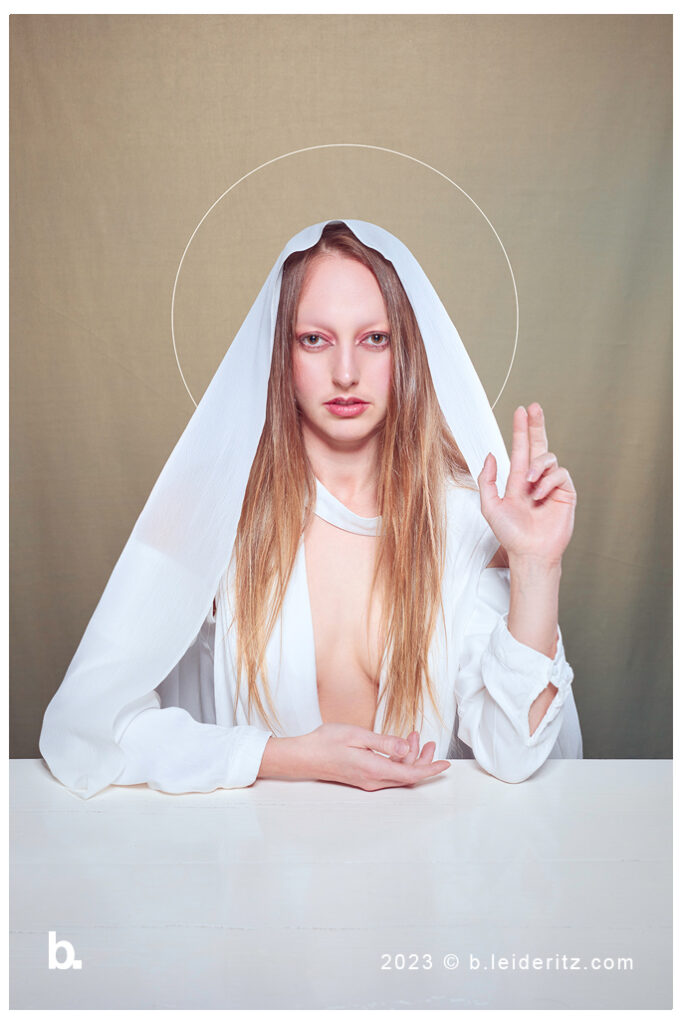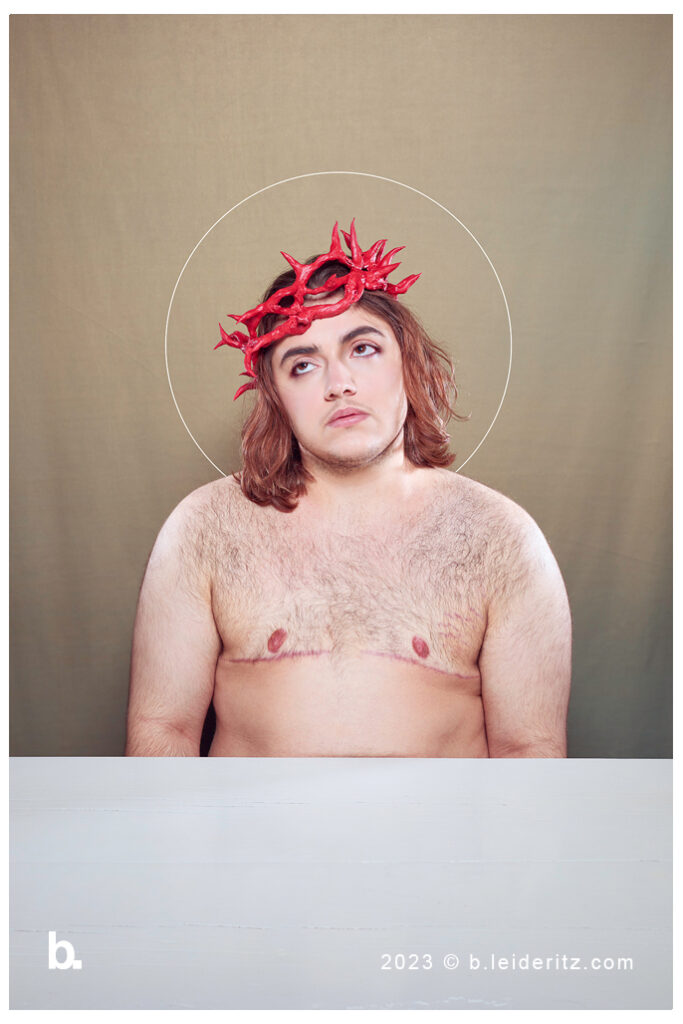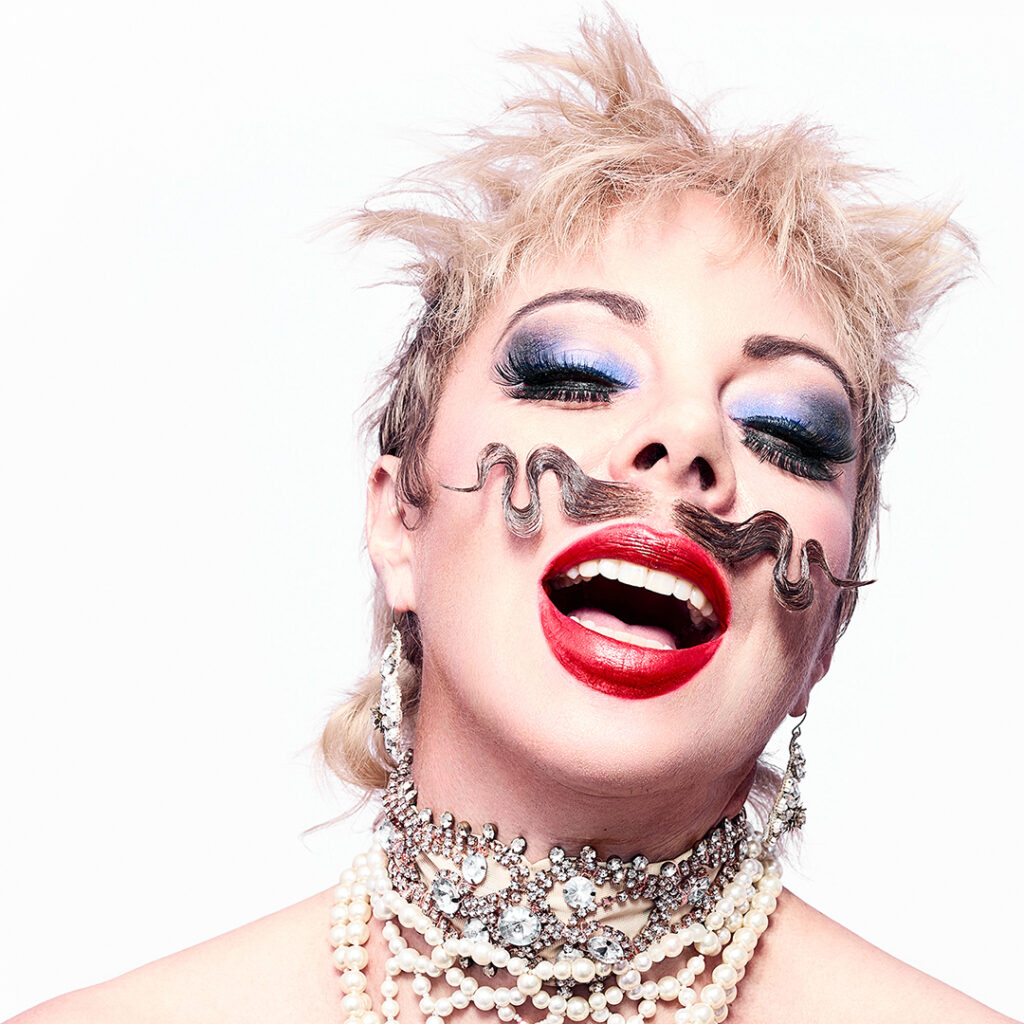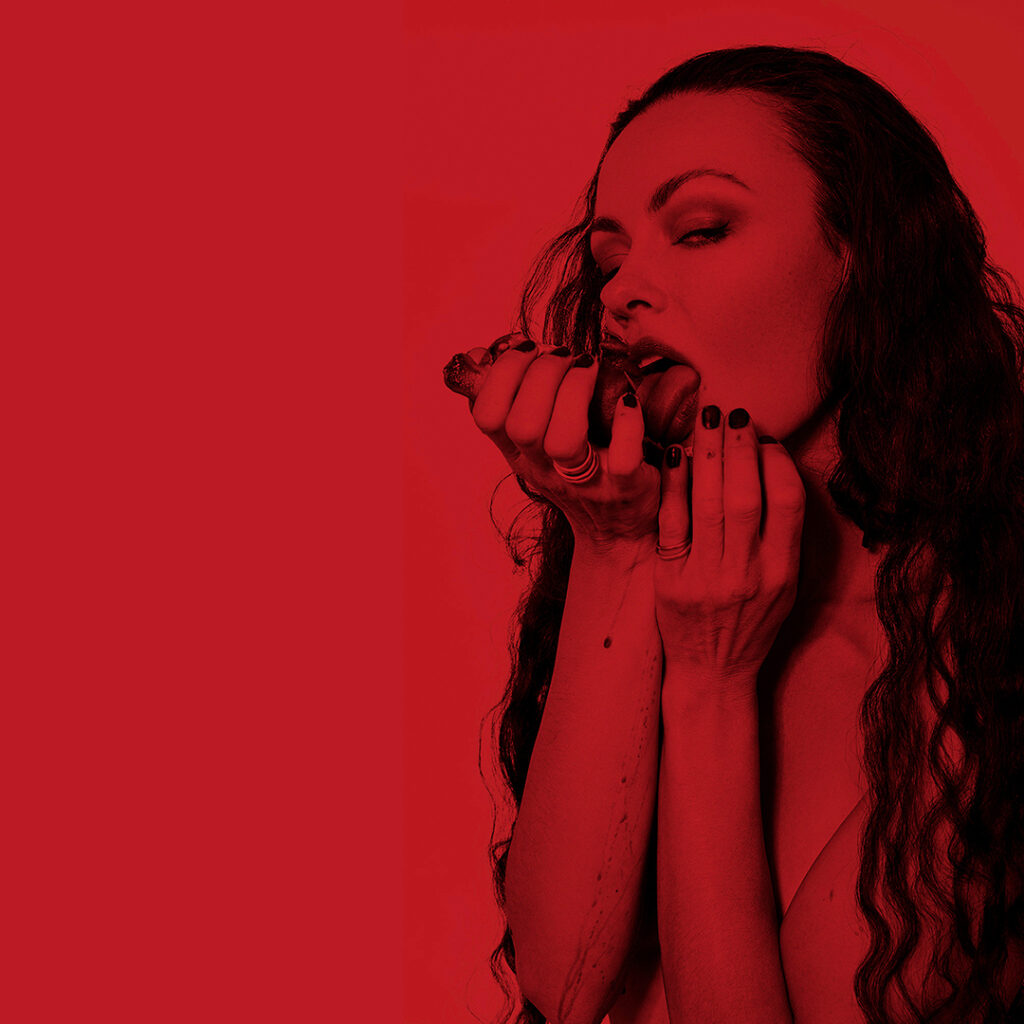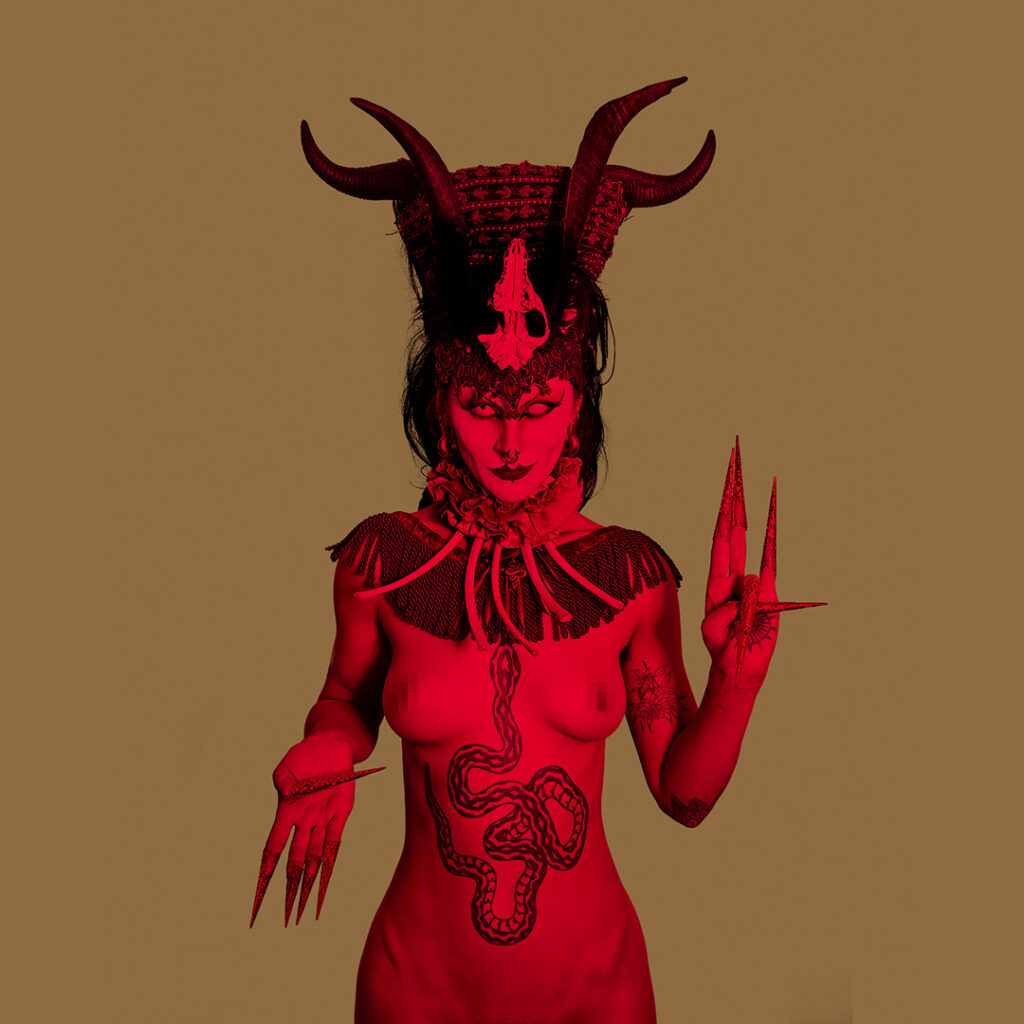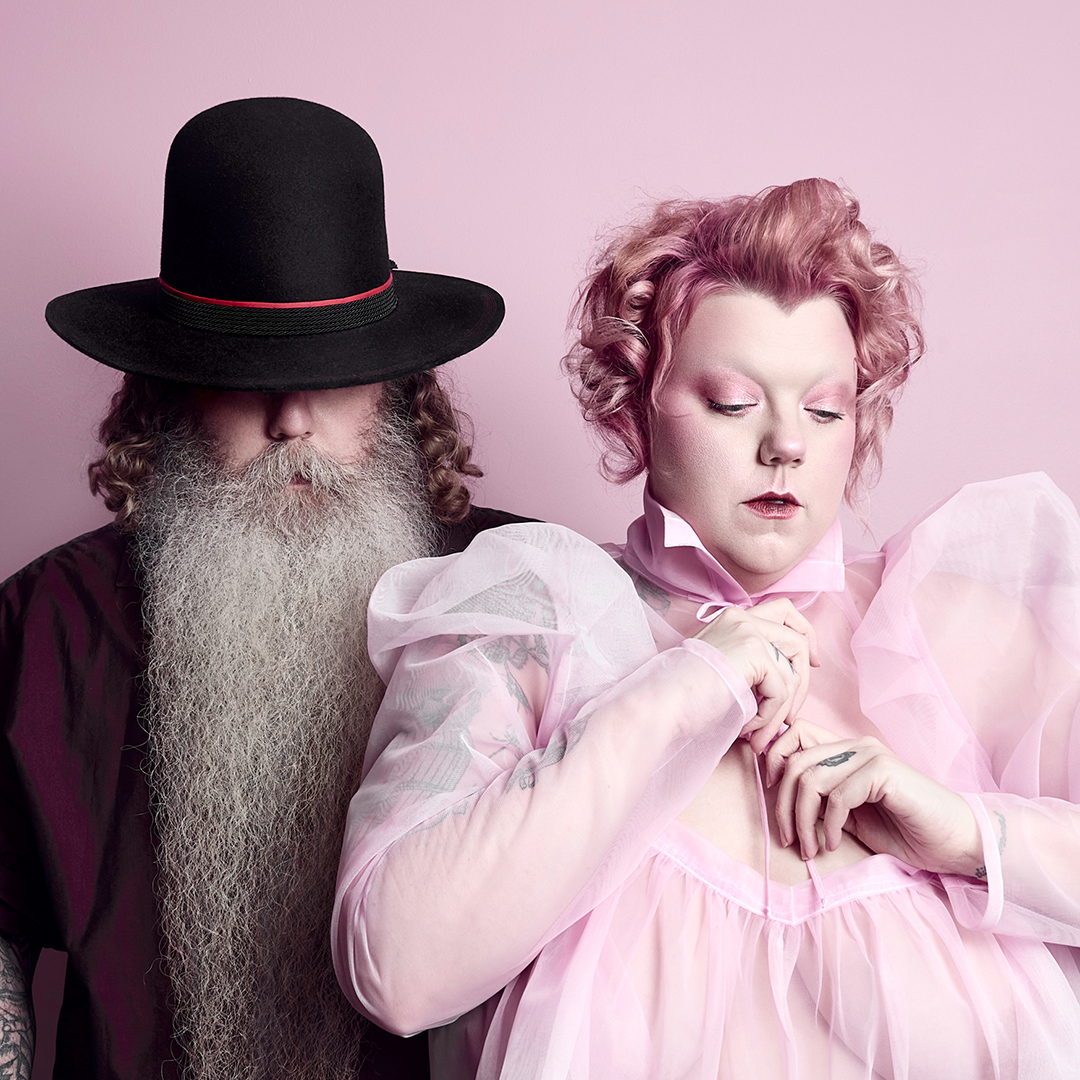
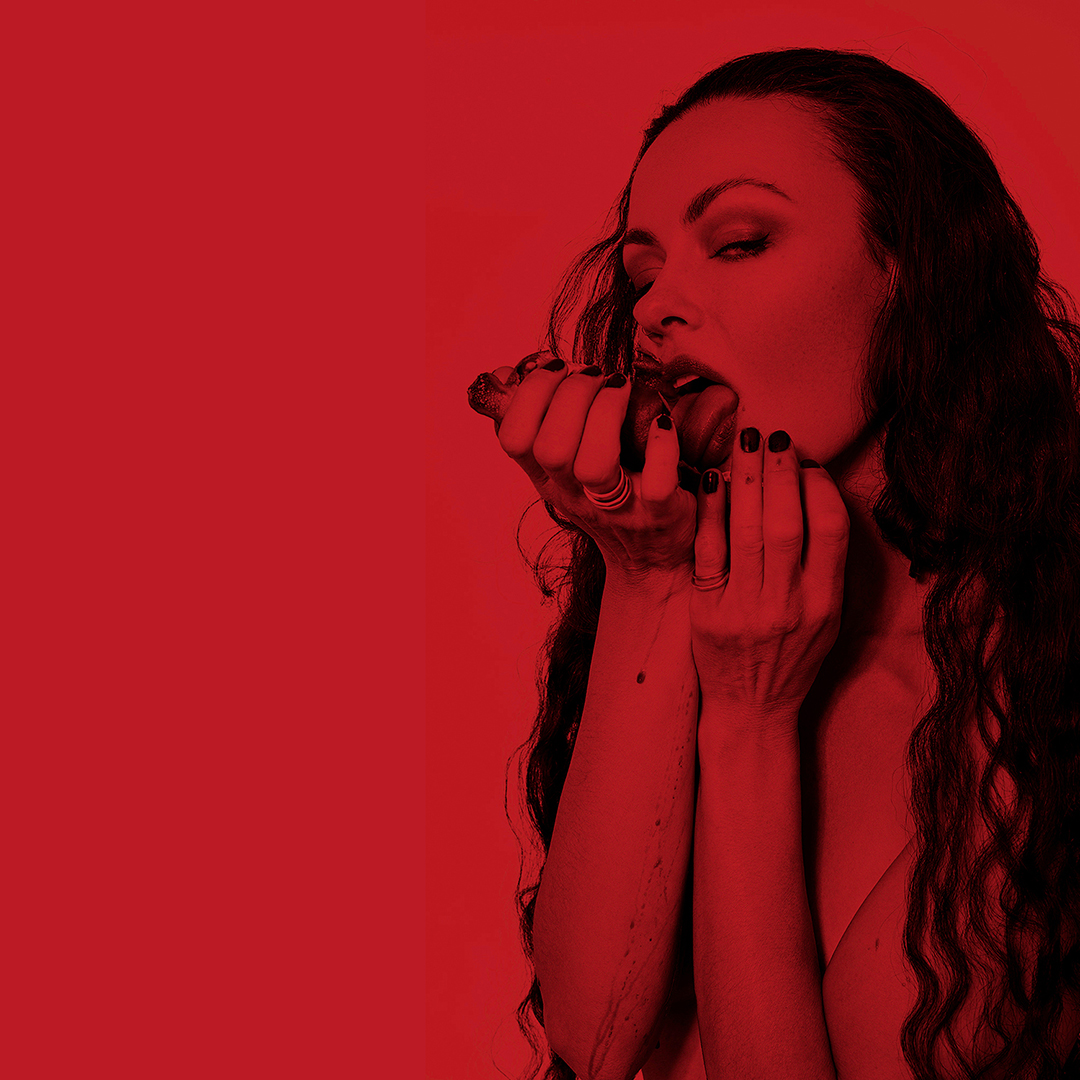
Brent Leideritz
Photographic art. seeking to subvert established systems, to challenge expectations and to confront ideologies. a collection of images to trigger thought and discussion. Capturing, developing and creatively translating your image, your brand, and your image. Translated through traditional graphic design principals and commercial portrait photography.
Brent Leideritz is an independent Adelaide-based photographer who’s photographic practice originated with film during their self-taught and experimental formative period in the mid to late 90s and early 00s. Their practice has developed into digital mediums, utilising digital post-production and more recently exploring ai-generated promptographic resolutions. They continue to expand on themes and subject matter seeded in their formative years. Brent continues to interrogate identity, producing works that seek to question how an identity is formed and how identity is oppressed or liberated through family, cultural structures, kin and communities.
Brent Leideritz’s portrait photography is centred in creatively capturing the moment of collaboration between photographer and individual. In most instances, these moments coalesce into larger photographic series that explore themes such as: identity formation and politics; the human condition and connectivity; resistance of oppressive structures; cultural agitation for positive discourse and challenging religious and societal norms. Their practice interrogates and challenges normative ways of being, providing a space to those that are ‘other’ to be seen and heard. Developing their practice from within ‘othered’ communities as a neurovariant, queer, goth, freak, Brent gives space for playful opposition, collaboration, gender queering and representation. This creates space for communal deconstruction and reconstruction of the symbolism, myth and narratives that exist within normative and conservative society. Brent’s work creates an ever-unfolding set of questions for viewers to explore, and in doing so, asks those who see the resultant photographic artworks to consider a viewpoint that may differ from their own, as a way to move beyond dated binaries of the past.



